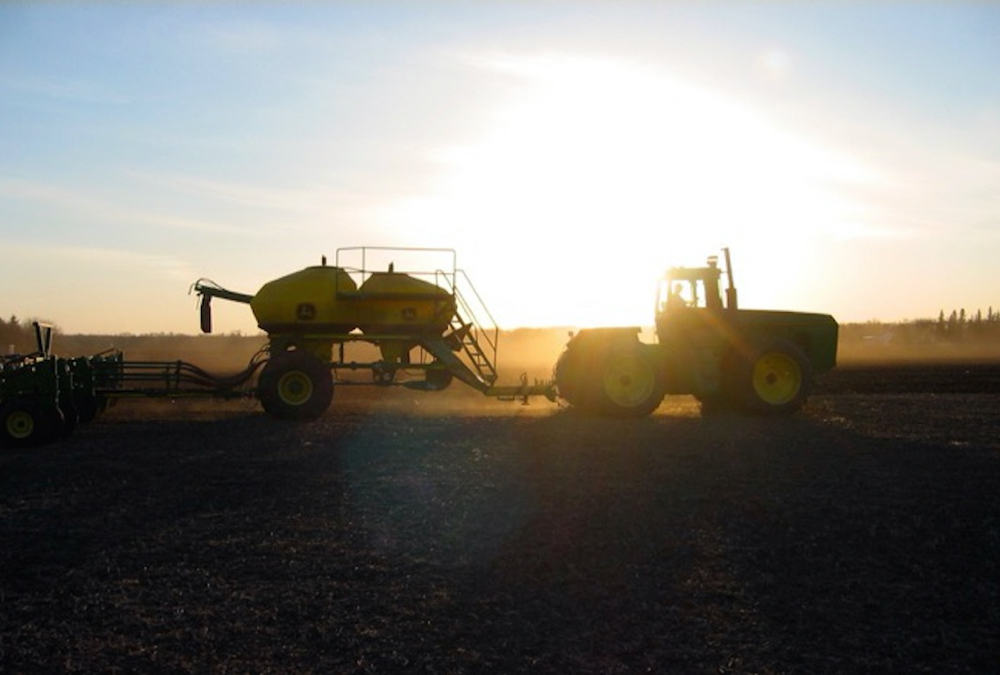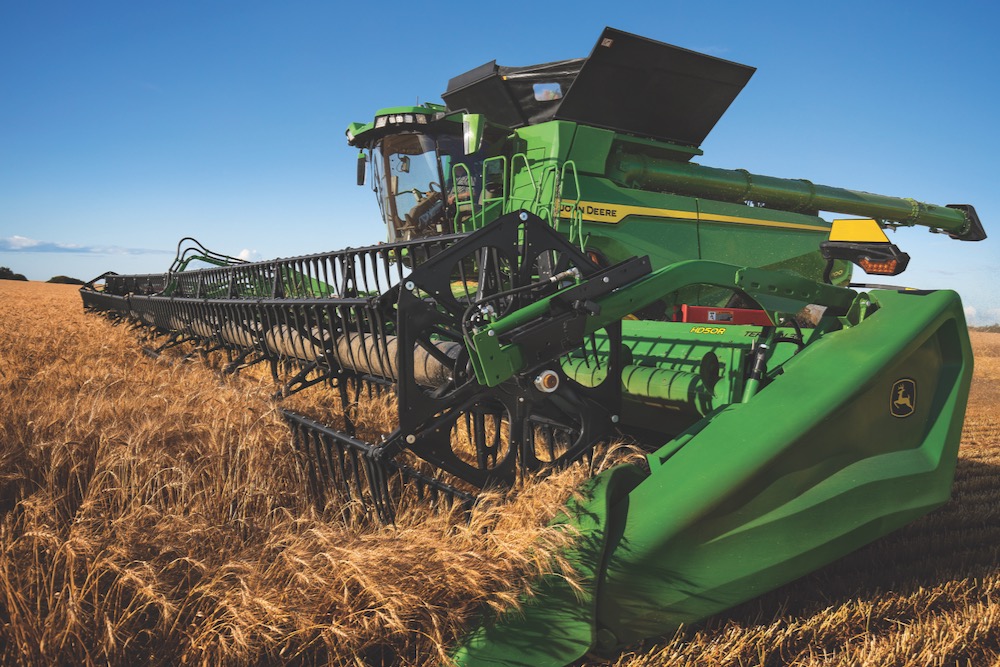Seeding at halfway mark in Saskatchewan

Glacier FarmMedia — Favourable weather has allowed Saskatchewan farmers to make good seeding progress, with 49 per cent of intended acres in the ground as of May 12, according to the latest provincial report. That’s up from 31 per cent the previous week and compares with the five-year average of 32 per cent.
The southwest region was farthest along, with seeding progress at 76 per cent complete. The east-central region still has the most to go, reporting 33 per cent complete.
On a crop-by-crop basis, field peas were 78 per cent seeded, lentils at 71 per cent and chickpeas at 65 per cent. For cereals, triticale was at 73 per cent, followed by durum at 65 per cent, spring wheat at 53 per cent, barley at 45 per cent, oats at 28 per cent and canary seed at 23 per cent. Of the oilseed crops, mustard was leading in seeding completion at 66 per cent, followed by canola at 29 per cent and flax at 28 per cent. Perennial forage was reported at 25 per cent seeded. Soybeans are the furthest behind in seeding completion at 14 per cent.
Read Also

Deere tops second-quarter estimates, trims annual profit forecast
Deere & Co cut the lower end of its annual profit forecast on Thursday but topped Wall Street expectations for second-quarter results aided by cost-saving measures and inventory management, sending its shares up five per cent.
Overall, rainfall was fairly limited throughout the province over the past week.
Warm, dry and windy conditions continued to deplete topsoil moisture across the province. Producers were hopeful for moisture soon to help support crop development and improve hay and pasture conditions.
Topsoil moisture for cropland was rated at one per cent surplus, 61 per cent adequate, 35 per cent short and three per cent very short. Hayland was rated at 51 per cent adequate, 42 per cent short and seven per cent very short. Pasture topsoil moisture conditions were reported at 42 per cent adequate, 50 per cent short and eight per cent very short.
Livestock producers in areas of the province were hopeful for moisture to support water supplies moving into the season. Fifty-four per cent of producers currently estimate there are no shortages of on-farm surface water supplies for livestock occurring or anticipated, with 32 per cent estimating that shortages may occur in one to two months depending on future moisture conditions.
Source: Farmtario.com


